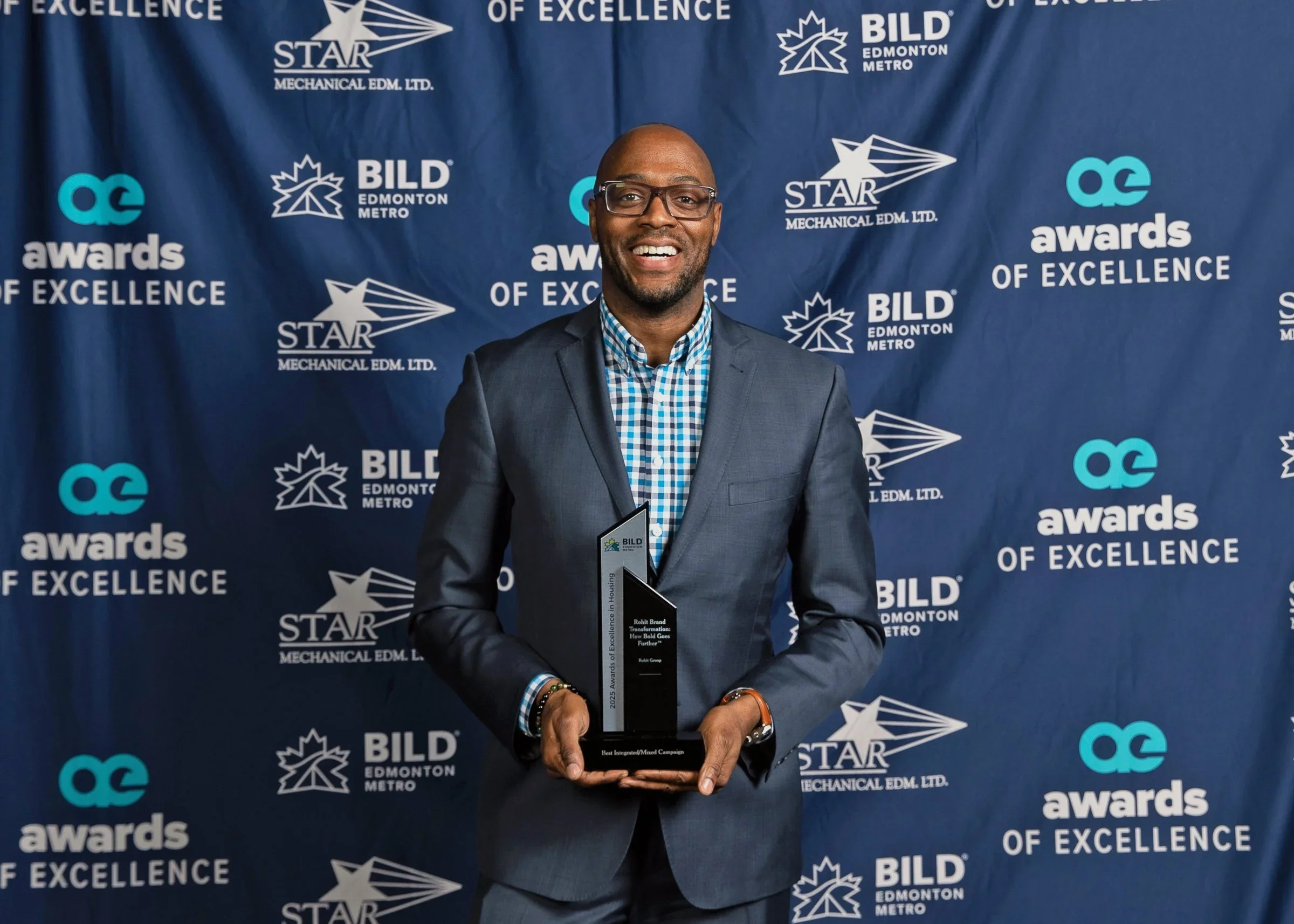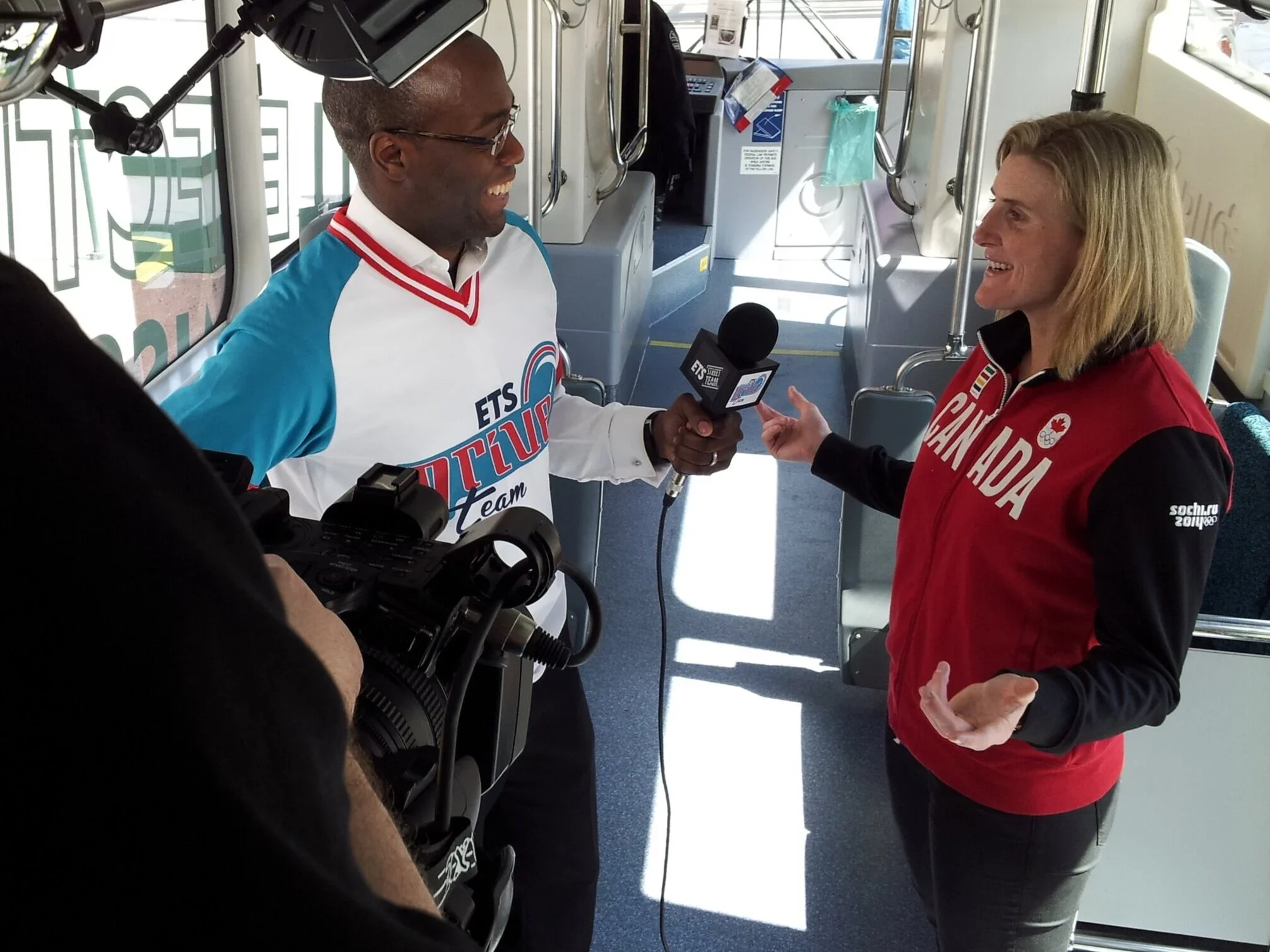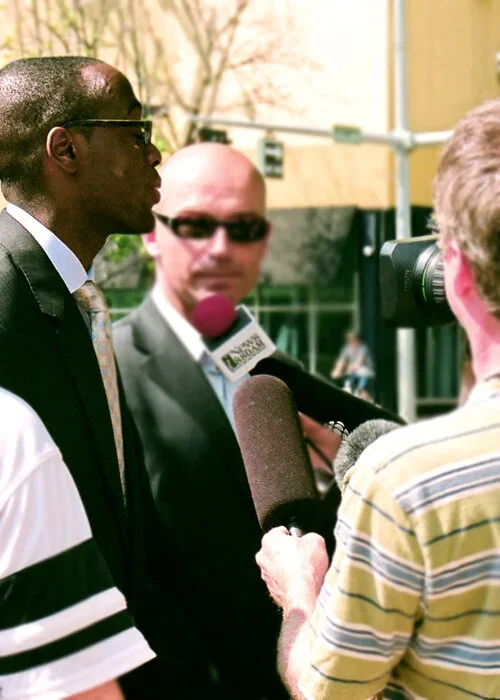
Transformative value creation.
My name is Nathan K. Walters. I'm a modern-day executive and thought leader creating transformative value at the intersection of digital, analytics, strategy, and brand.

Let’s talk outcomes.
Featured Case Studies
A glimpse into Nathan’s career – from enterprise re-brands to strategy-led growth transformations. Each project tells a story of meaningful, measurable impact. Log in to explore the full portfolio of case studies.

Podcast series. Beyond the Result
Beyond the Result is a short-form podcast series where executive leader Nathan K. Walters shares quick, actionable insights on digital, analytics, strategy, brand, and leadership to help you thrive in a fast-paced world.
Latest Episodes | Season 1

It starts with the result.
My Big Five Leadership Principles
Starting with the result goes well beyond simply defining a desired outcome; it takes the form of a leadership manifesto that one will ultimately come to embody.






My leadership philosophy.
Know the team. Know the race. Know the pace.
A leadership philosophy is not something written overnight. It takes shape through experience, reflection, and a willingness to learn from both wins and setbacks. Mine is grounded in the belief that leadership is as much about awareness as it is about action; understanding people, context, and timing before making the next move.
Over the years, this belief has evolved into a practical framework that guides how I build teams and deliver results. It is centered on three core principles: Know the Team, Know the Race, and Know the Pace. Together, these principles create the foundation for a leadership approach that is intentional, adaptable, and human at its core.
“A leadership philosophy is a purposeful intent, which takes deep consideration, years of experience, and a trial and error process to get it right.”
-
Great leadership starts with knowing who’s on the floor. Know the Team is about going beyond titles and resumes to truly understand the people behind the work; their strengths, their motivations, and the conditions in which they thrive.
Like a coach or conductor, the leader’s role is to orchestrate individual talents into collective performance. That means recognizing not only what each team member brings to the table, but also how those strengths interact, complement, or challenge one another. It’s about knowing when to stretch someone’s capacity and when to give them room to recover.
When leaders know their team at this depth, they don’t just manage, they empower. They create an environment where every person is positioned to contribute their best work and feel part of something bigger than themselves.
-
If Know the Team is about people, Know the Race is about purpose. Every challenge has a terrain, and every initiative has its own rhythm and demands. Understanding the race means studying the problem before running toward the solution.
Is this a sprint to a quarterly outcome, or a long game that requires patience and precision? The answer shapes everything, from how resources are allocated to who takes the lead. In a short-term push, the “clutch performers” might step forward to deliver results under pressure. In a long-term play, the leader may rely on system thinkers who can connect dots across the organization and build enduring frameworks for success.
The clarity that comes from knowing the race ensures energy and effort are directed where they matter most.
-
Even with the right team and a clear race ahead, timing is everything. Know the Pace is about discernment; understanding when to accelerate and when to hold steady.
A leader who treats every task as urgent risks burning out both themselves and the team. But one who reads the environment with intention can set a sustainable rhythm that builds both performance and trust. Sometimes that means tightening timelines to capture a fleeting opportunity. Other times, it means protecting space for deeper thinking and recovery.
Knowing the pace isn’t just about speed; it’s about strategy. It’s the art of balancing urgency with endurance, ensuring the team doesn’t just finish the race, but finishes strong.









